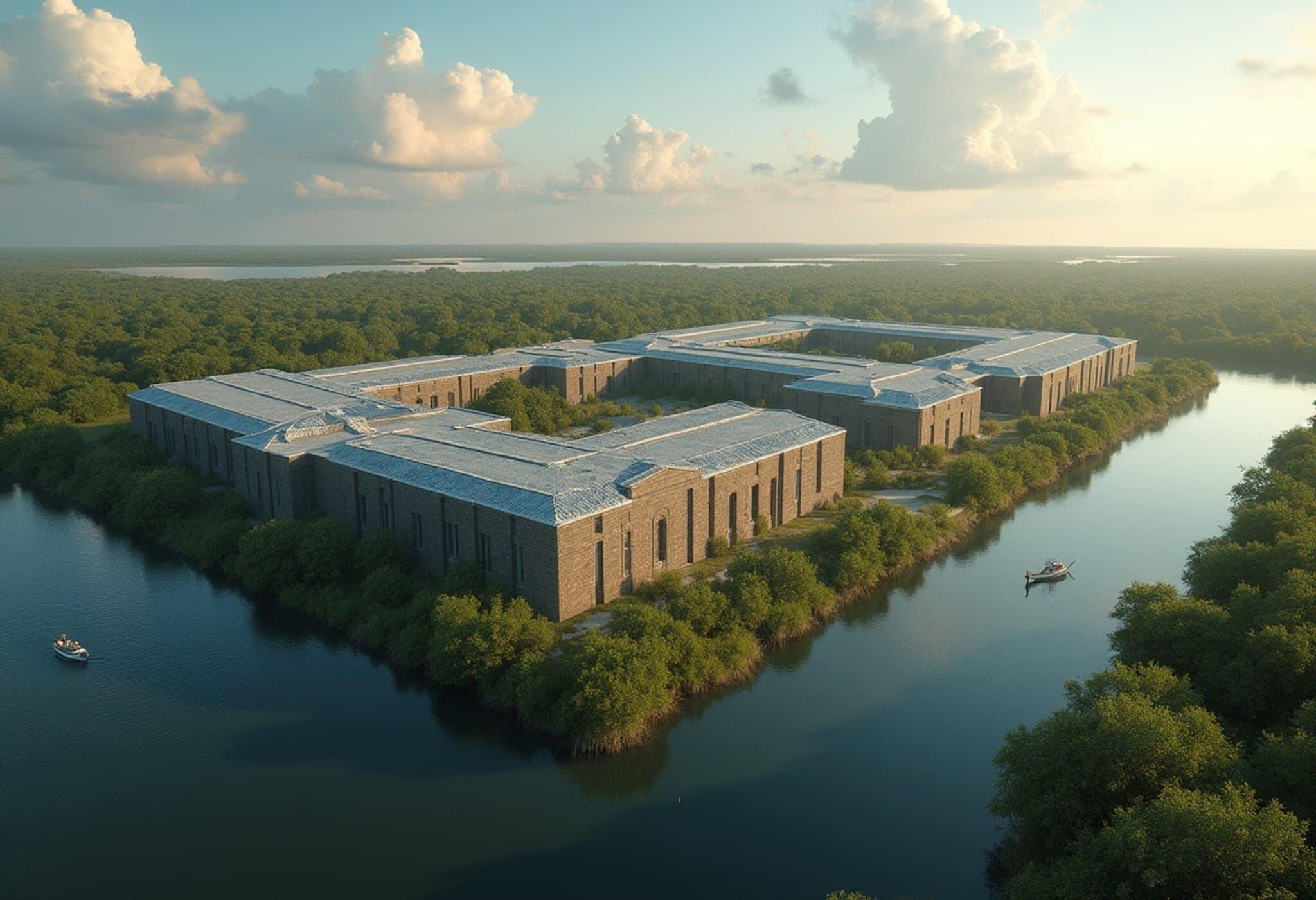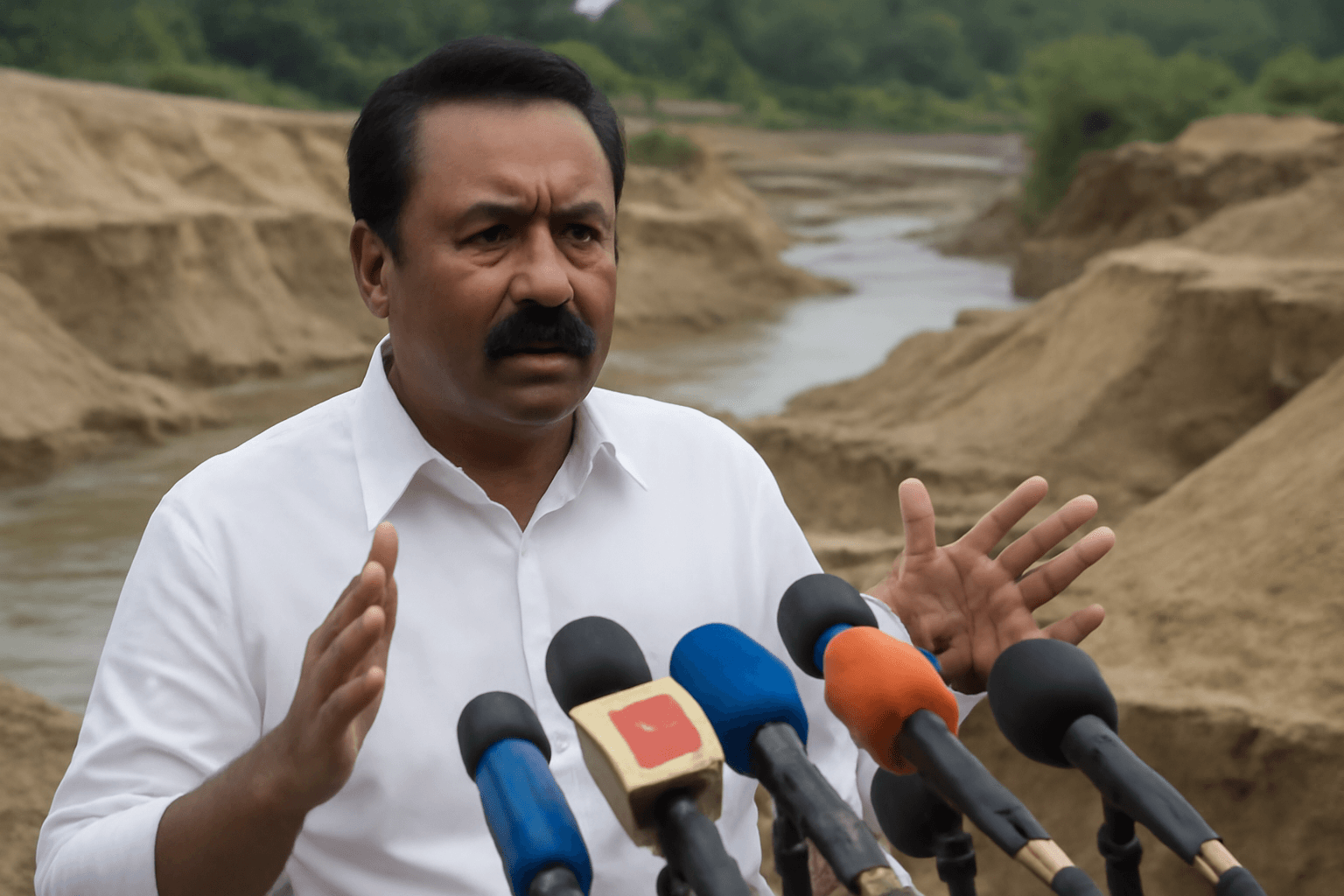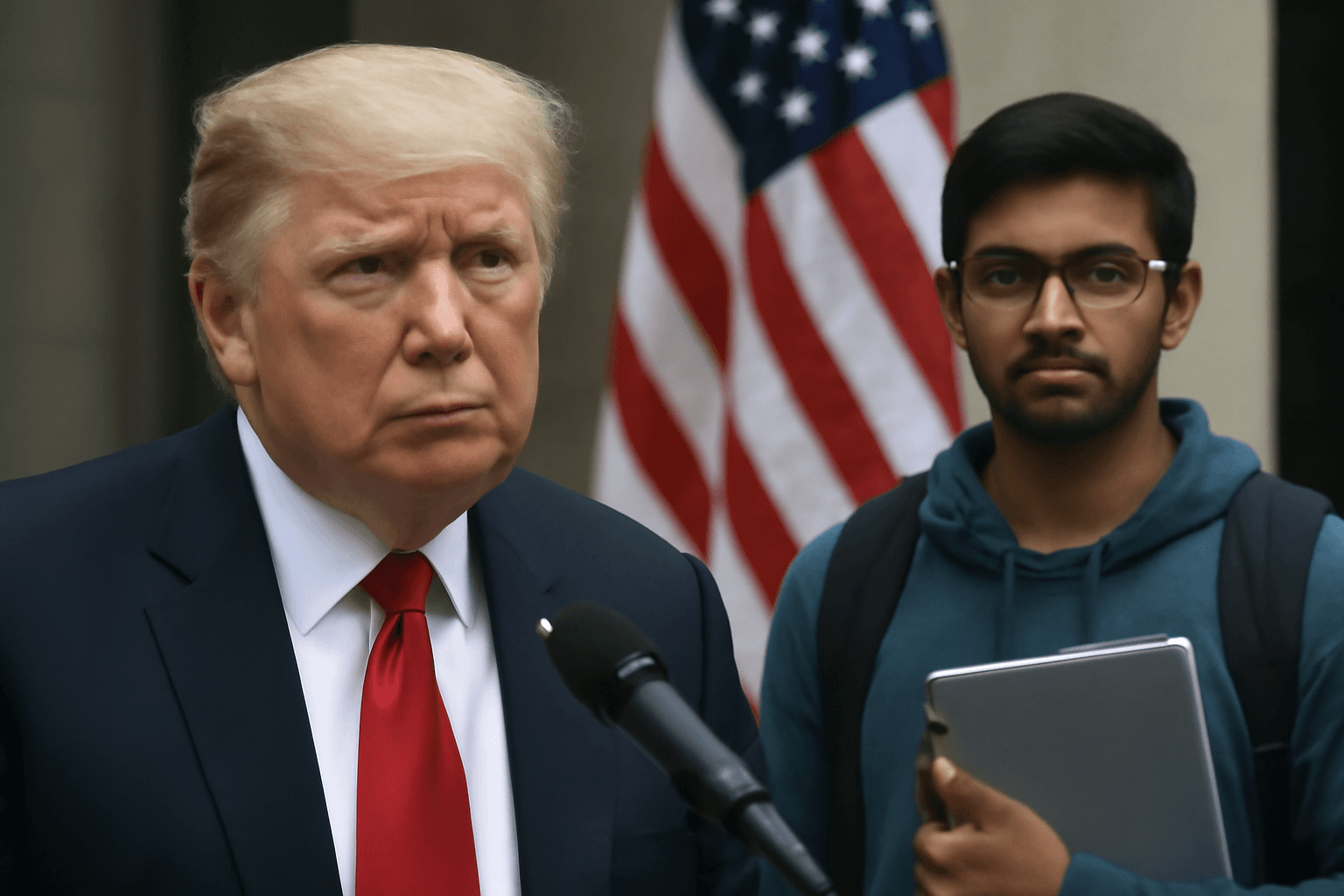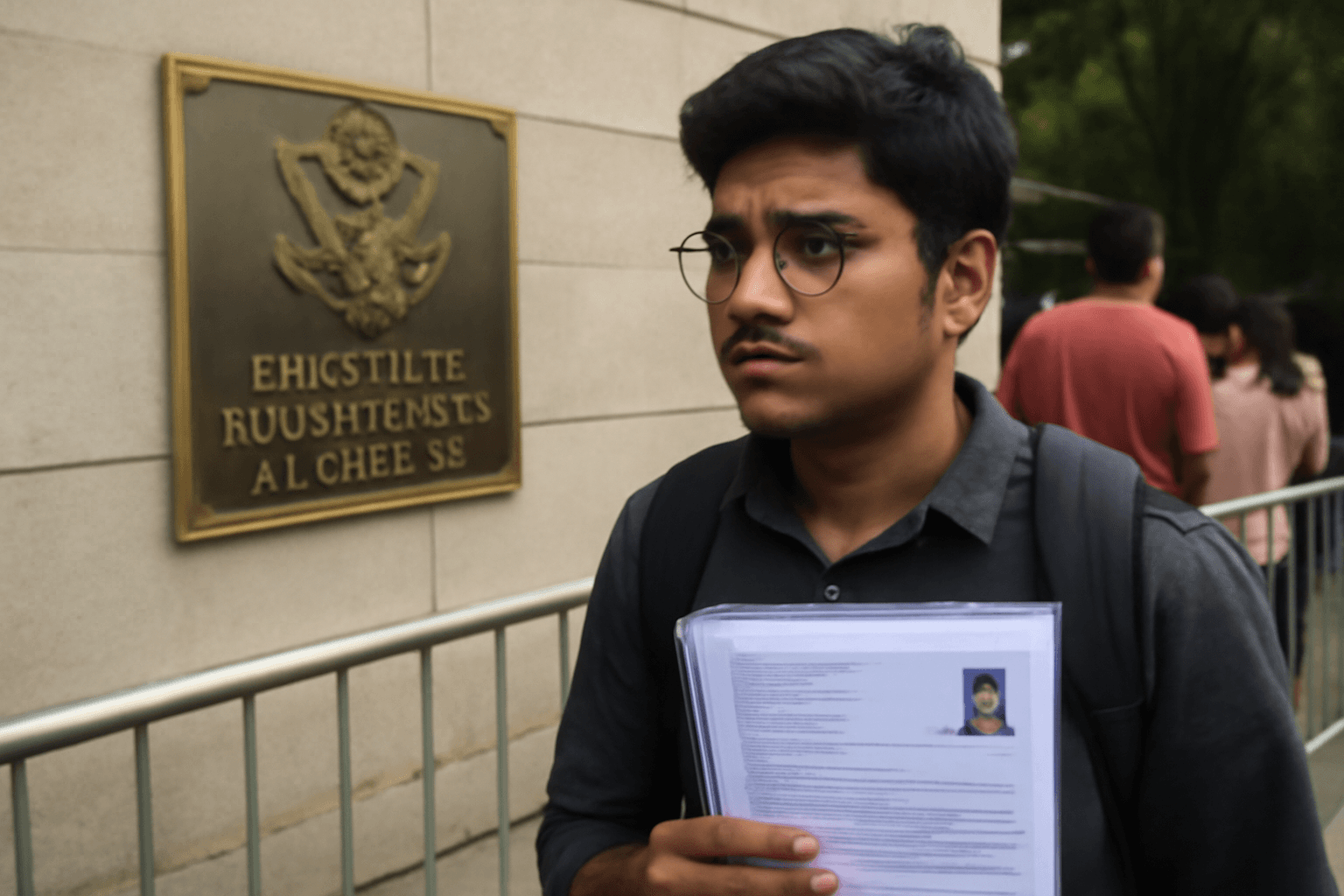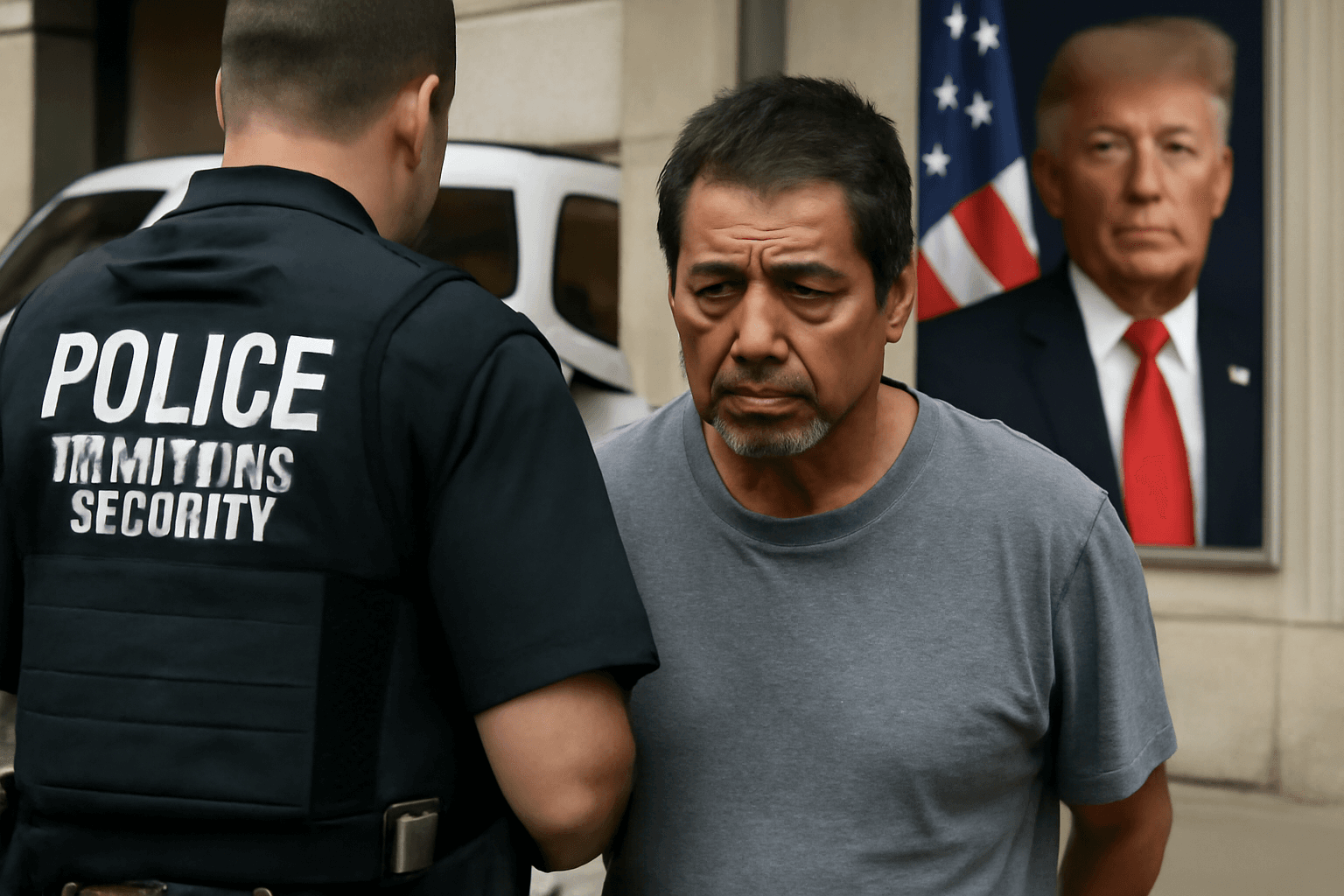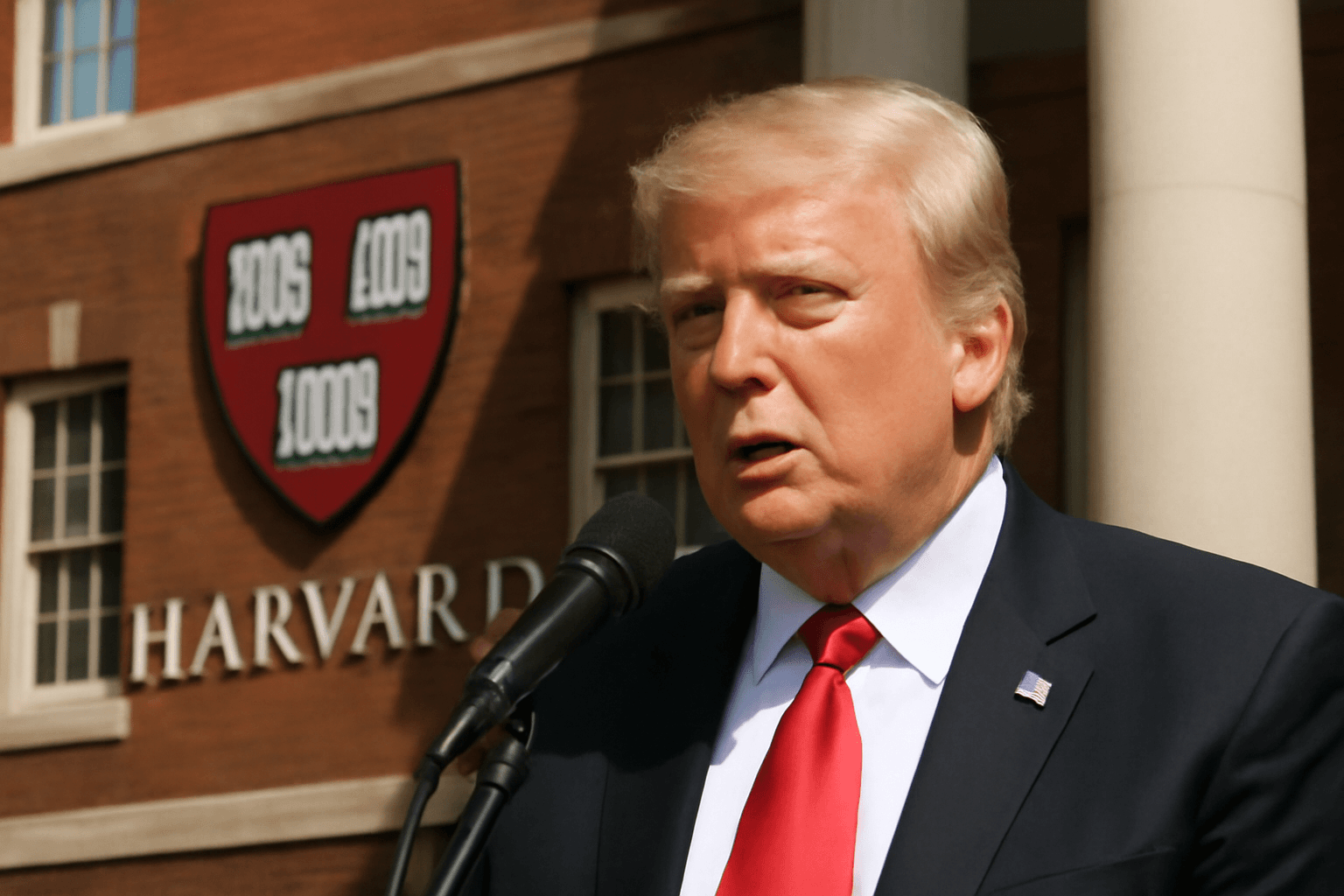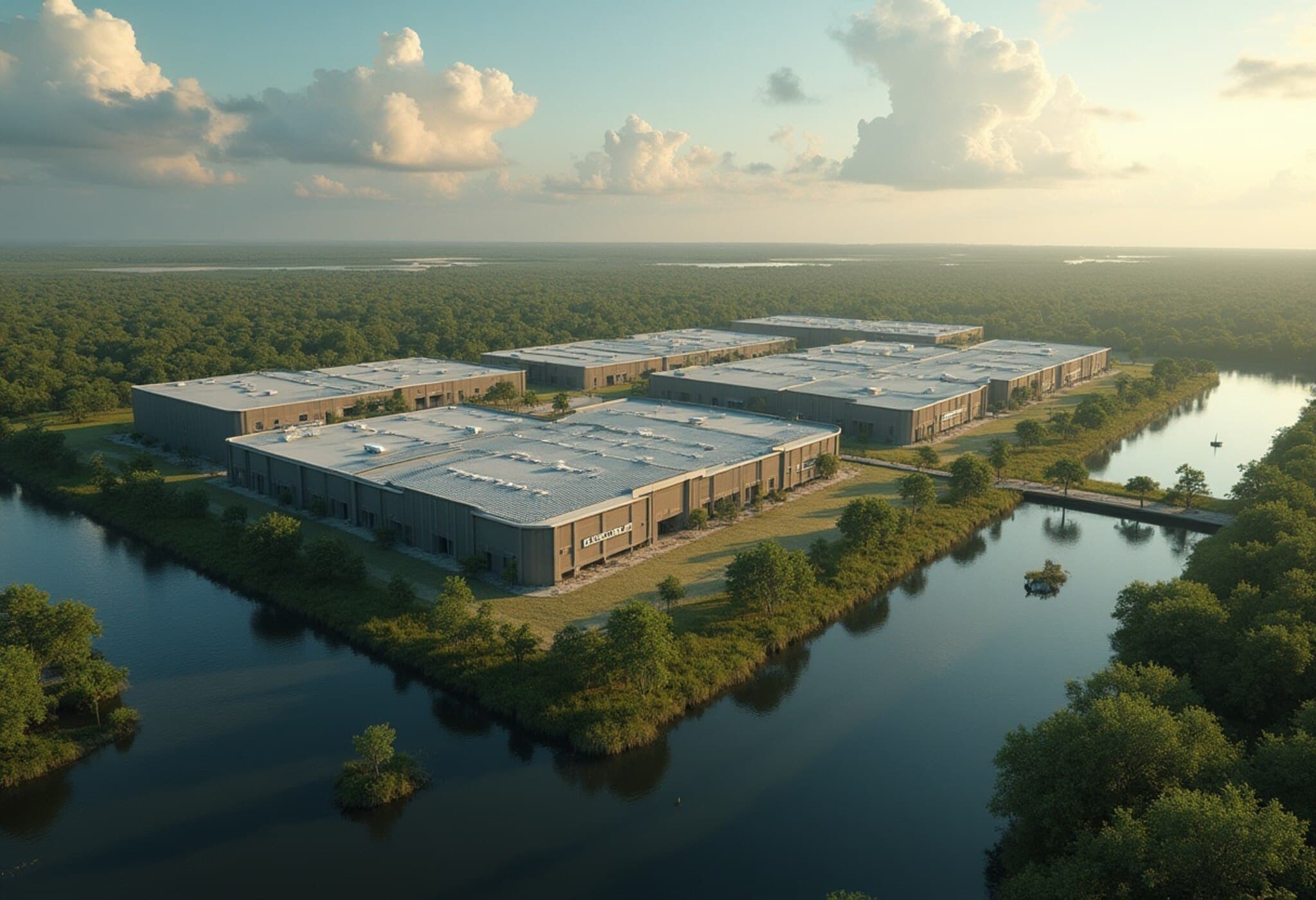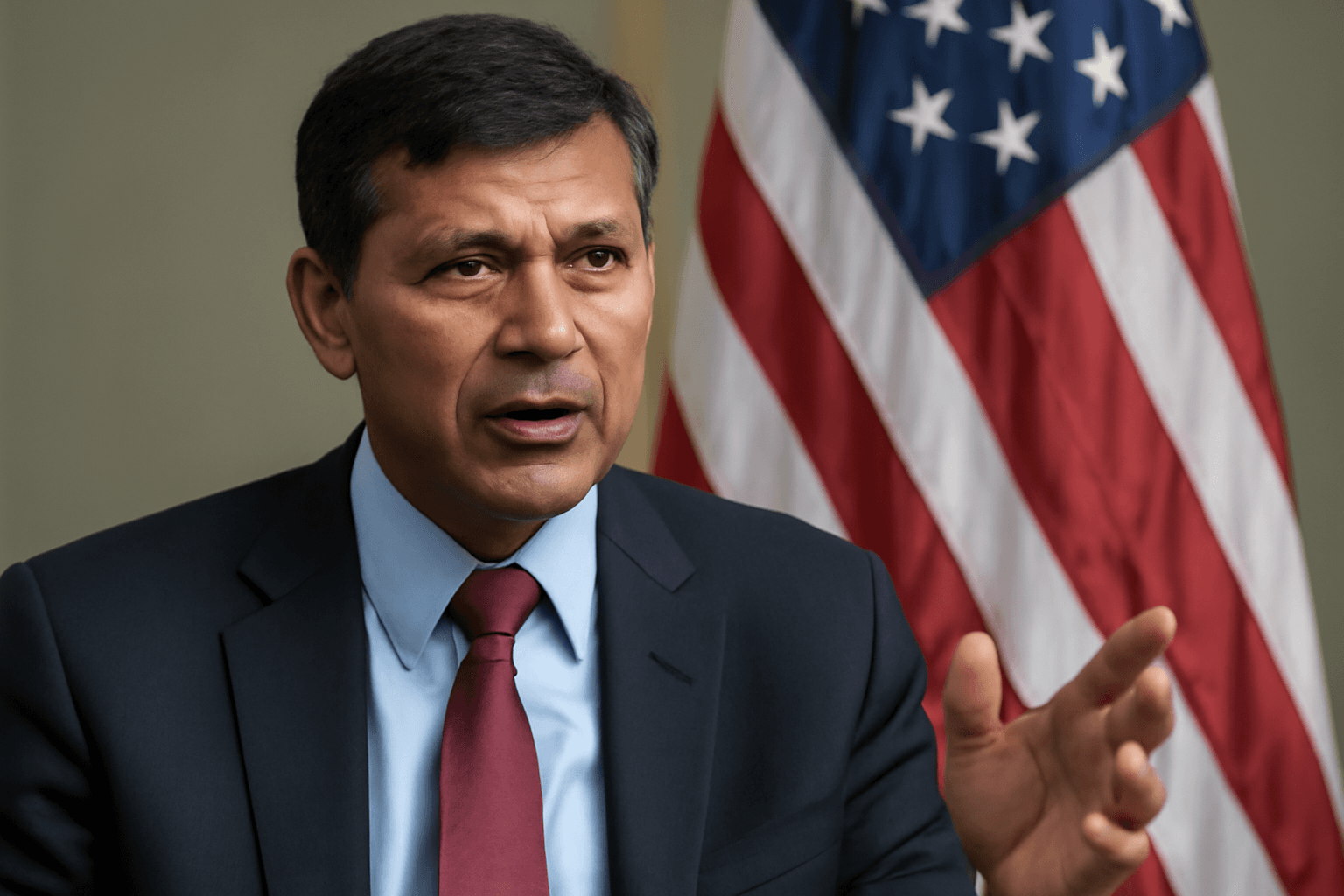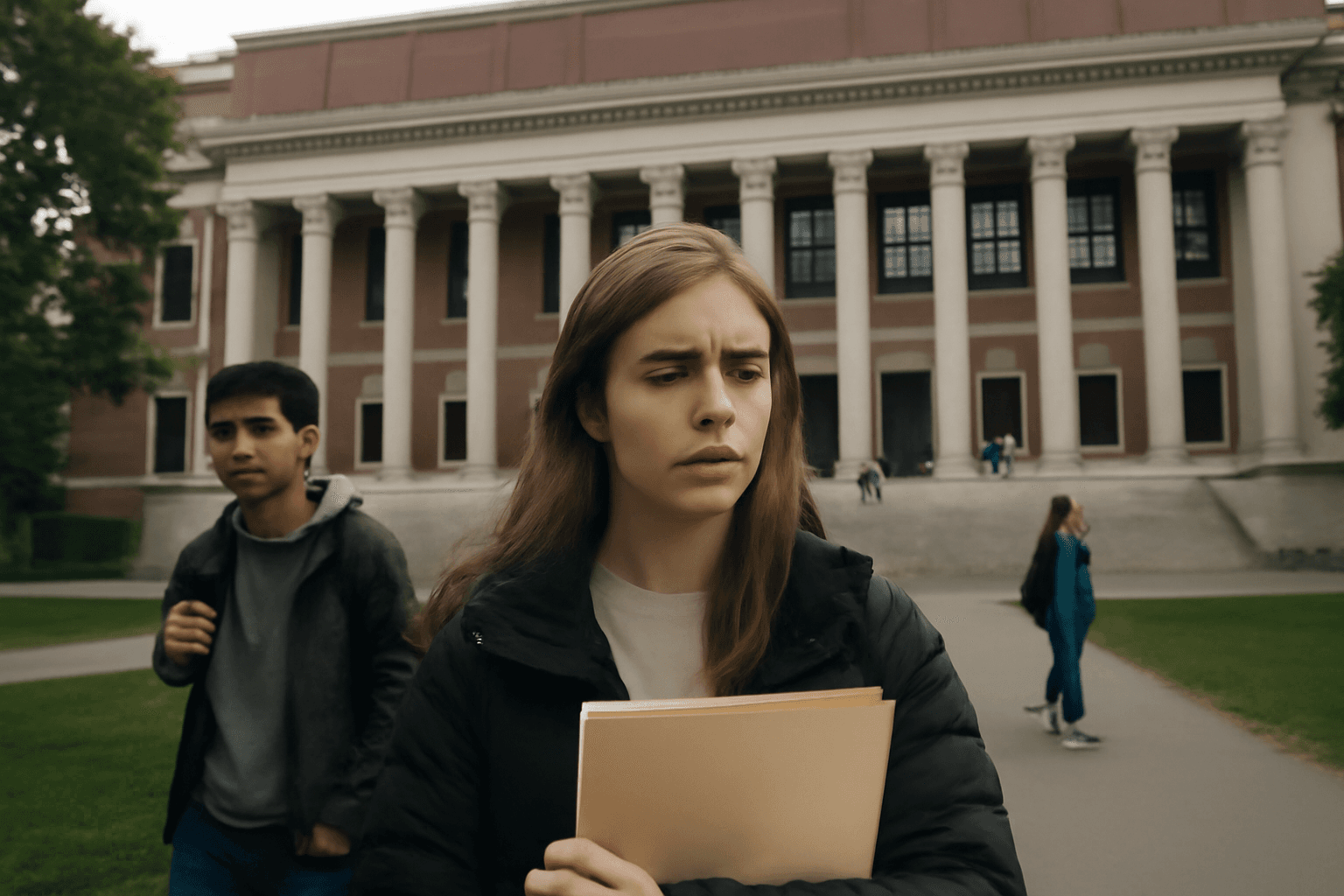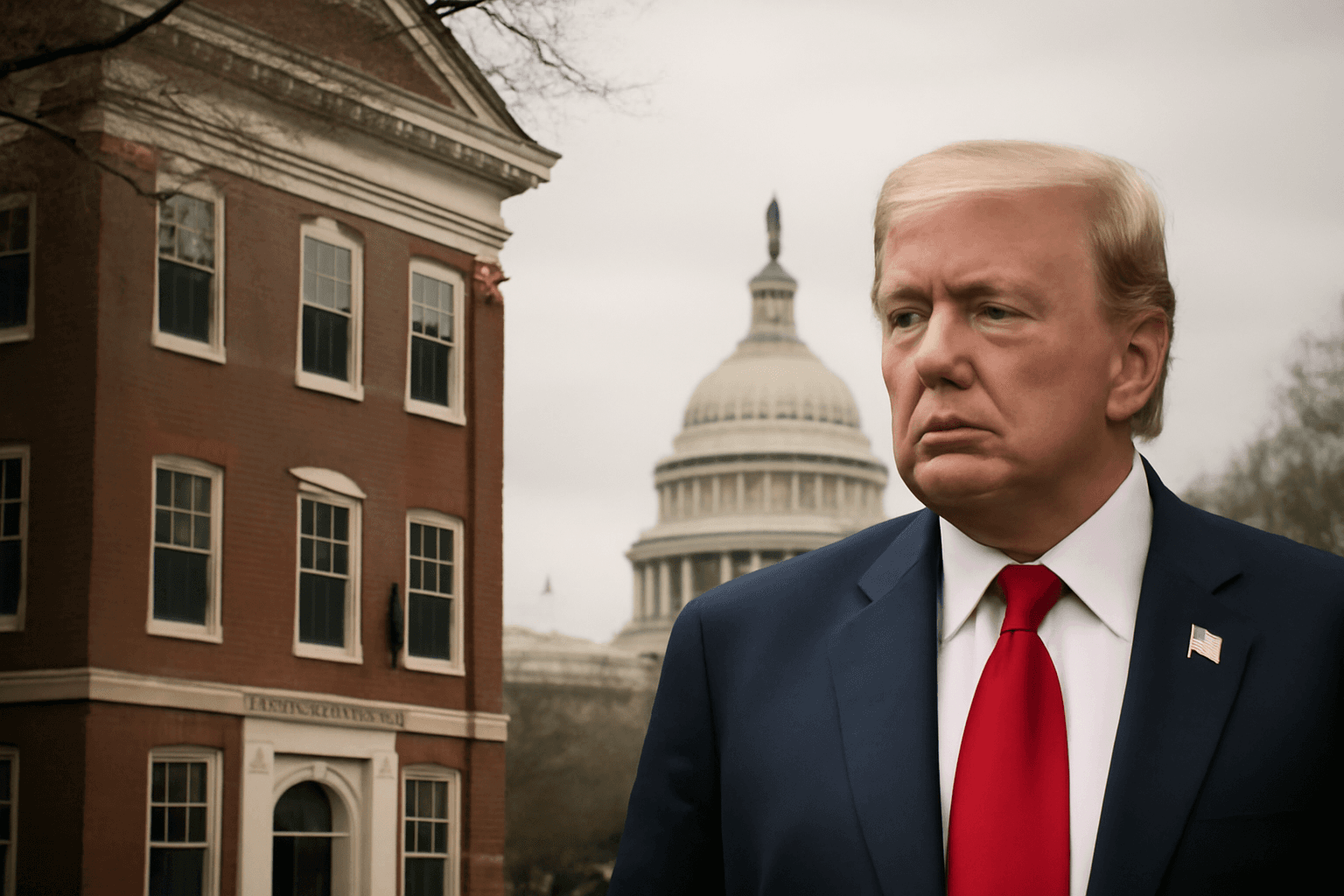Florida Faces Lawsuit Over 'Alligator Alcatraz' Detention Facility Construction
Florida's state attorneys have pushed back firmly against environmental groups' efforts to halt the construction of a new immigration detention center, dubbed "Alligator Alcatraz," located in the remote Everglades region. The project, sited at the existing Dade-Collier Training and Transition Airport, has ignited a heated debate balancing immigration enforcement and environmental concerns.
Legal Battle Sparks Over Environmental and Procedural Concerns
Environmental groups, including Friends of the Everglades and the Center for Biological Diversity, filed a lawsuit seeking a temporary restraining order to stop the facility's construction. They argue the project threatens delicate ecosystems within the Everglades and nearby Big Cypress National Preserve and violates the National Environmental Policy Act (NEPA) due to the absence of mandatory environmental impact assessments before construction began.
The lawsuit points out that the detention center is being developed in over 96% wetlands surrounded by protected natural habitats for endangered species like the Florida panther.
Florida State Responds with Claims of Temporary and Minimal Impact
In response, Florida officials contended that the detention center is a temporary facility situated on an already developed airport site, asserting minimal environmental disruption. Governor Ron DeSantis emphasized that the center wouldn't require sewer infrastructure and should pose no lasting harm.
The state’s legal team also argued that NEPA's requirements apply only to federal agencies, not states, and highlighted an ongoing immigration crisis justifying swift action. They stressed that delays in opening the facility risked jeopardizing immigration enforcement and detainee welfare at existing centers.
President Trump to Visit Center, Highlighting Hardline Immigration Approach
Adding to the spotlight, President Donald Trump is scheduled to visit the "Alligator Alcatraz" detention center, underscoring his administration's stringent immigration policies. White House officials portrayed the center’s remote location — surrounded by alligators, pythons, and harsh Everglades terrain — as an unusual but effective security feature to deter escapes.
White House Press Secretary described the site as accessible only by a single road leading in, with the only exit being deportation flights out, emphasizing the facility's intended role in enhancing deportation capabilities as part of the administration's broader mass deportation strategy.
Political and Public Reactions Reveal Deep Division
Public opinion on Trump's immigration policies remains divided. Polls indicate a majority of voters disapprove of these approaches, yet they strongly resonate with Trump's core supporters. The detention center serves as both a physical and symbolic extension of the administration's tough stance.
Meanwhile, protests have taken place near the facility site, involving environmental advocates, immigration rights activists, and Native American tribes who assert that the detention center encroaches on ancestral lands and disrupts a historically and culturally rich landscape.
Voices of the Miccosukee and Seminole Tribes Highlight Personal Struggles
Members of the Miccosukee and Seminole tribes express deep concern over the detention center's placement. The site's proximity to their homes and sacred ceremonial grounds has stirred memories of past conflicts, including the halted airport project of the 1960s which similarly threatened their lands.
Mae’anna Osceola-Hart, a young member of the tribes, recalls her great-grandfather's leadership in resisting forced development decades ago and mourns the loss of sacred land. Tribal leaders emphasize that the Everglades and Big Cypress Preserve are not uninhabited wastelands but are traditional homelands with spiritual and historical significance.
Despite ongoing advocacy for environmental preservation and tribal rights, the tribes lack control over land use decisions, compounding their frustration as construction proceeds under emergency orders without local government consent.
Environmental and Cultural Concerns Amid Security Framing
Governor DeSantis and State Attorney General have repeatedly highlighted the natural dangers of the Everglades’ wildlife — alligators, pythons — framing the landscape itself as a natural security deterrent for detainees. Officials promote the site as a cost-effective, secure way to address an "immigration crisis," with the facility expected to have a capacity of up to 5,000 beds.
However, residents familiar with the Everglades, including local campers and tribal members, describe the region as tranquil and emphasize that attacks from wildlife are extremely rare, challenging the state's portrayal of the environment as perilous.
Future Implications
The Florida detention center could serve as a blueprint for similar facilities nationwide if the project continues amidst legal and public opposition. Immigration experts note the facility reflects a broader policy shift towards expanding detention capacity under urgent political mandates, while environmentalists and indigenous communities warn of lasting impacts on fragile ecosystems and cultural heritage.
As the legal proceedings unfold and political leaders champion their positions, "Alligator Alcatraz" remains a focal point where immigration enforcement, environmental stewardship, and indigenous rights intersect with national debate.

